McDonald’s, a fast-food behemoth, operates globally with tailored menus and practices to suit local cultures. While many might assume this uniformity transcends borders, subtle differences exist between McDonald’s offerings and operations in Canada and the USA. This article delves into these distinctions, uncovering intriguing secrets that set these two markets apart.
Menu Differences
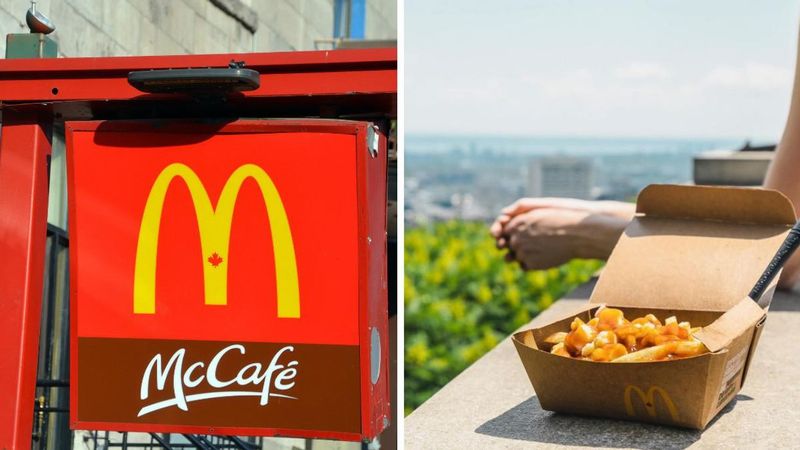
Did you know that McDonald’s in Canada and the USA have different menus? Canadian McDonald’s offers poutine, a dish with fries, cheese curds, and gravy, which is absent south of the border. Meanwhile, American outlets boast breakfast burritos, a staple not commonly found in Canada. These menu variances cater to regional taste buds and local preferences.
This divergence illustrates McDonald’s strategy of localization. Tailoring offerings to specific markets helps the brand maintain its global presence. Such menu variations provide a glimpse into cultural nuances, making each dining experience unique and exciting.
Beverage Sizes
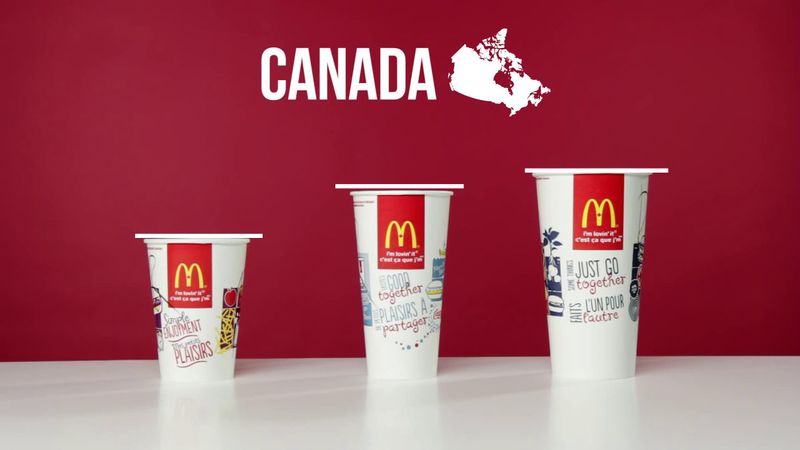
Thirsty for a cold drink? In the USA, McDonald’s offers much larger beverage sizes compared to Canada. The American influence of “bigger is better” extends to their fast-food beverages, where sizes often exceed those across the border. This reflects broader cultural attitudes towards consumption and portion sizes.
Canadian branches, in contrast, prefer moderation, aligning with local health trends. These differences underscore the varying consumer expectations and market strategies. Whether you prefer a supersized drink or a more modest option, both countries provide choices that suit diverse preferences.
Drive-Thru Efficiency
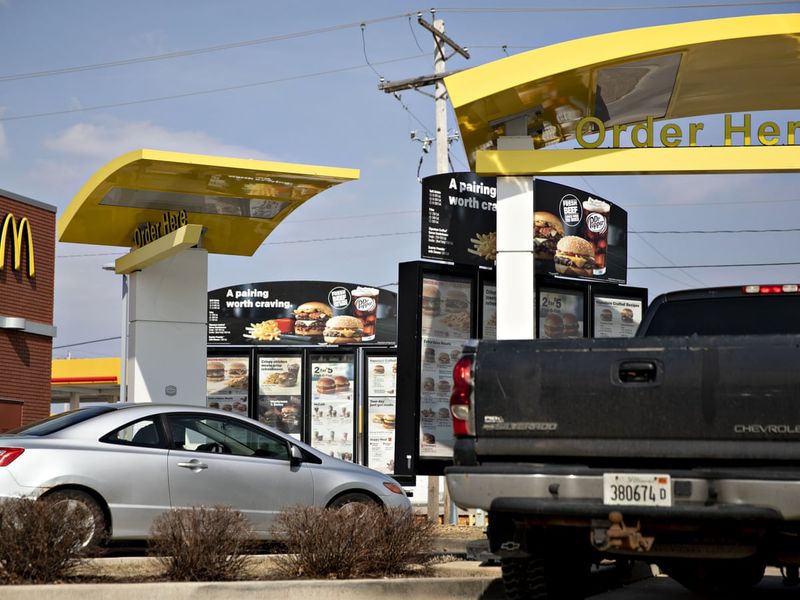
Ever notice how McDonald’s drive-thrus in the USA often feature dual lanes? This innovation is less common in Canada. American outlets prioritize speedy service and high traffic management, essential in bustling cities. Dual-lane drive-thrus are a testament to America’s fast-paced lifestyle.
In Canada, single-lane drive-thrus are standard, reflecting a more laid-back approach. This difference in infrastructure reveals McDonald’s adaptation to local traffic patterns and consumer expectations. Whether rushing through or taking a leisurely drive, McDonald’s aims to serve customers efficiently.
Coffee Culture
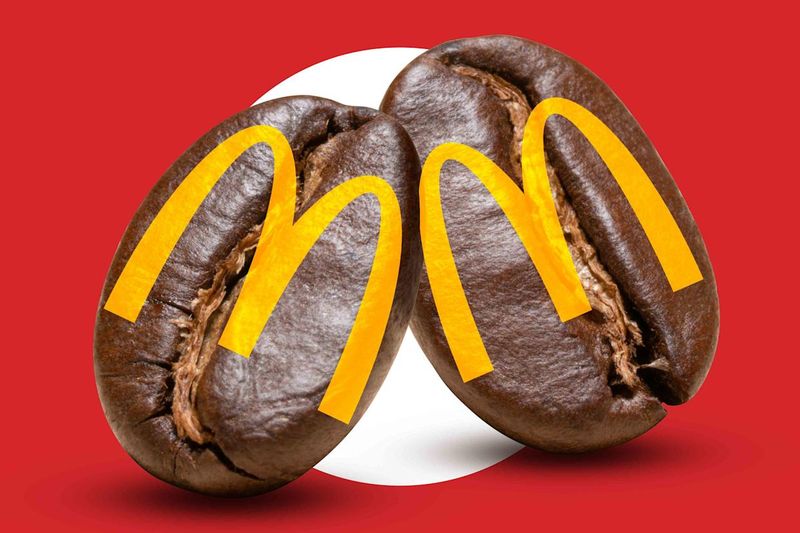
In Canada, coffee culture is hugely influenced by the presence of Tim Hortons. McDonald’s competes by offering high-quality McCafé drinks, mirroring Tim Hortons’ popularity. This competition has heightened the quality of coffee offerings in Canadian outlets.
In the USA, McDonald’s focuses on affordability and variety in their coffee options, appealing to a broader audience. The contrasting approaches reflect differing consumer demands. Whether savoring a gourmet cup in Canada or grabbing a quick coffee fix in the USA, McDonald’s adapts to local tastes and preferences.
Franchise Ownership

Ownership of McDonald’s franchises varies between Canada and the USA. In Canada, there is a higher percentage of company-owned locations, ensuring consistency and control over operations. This allows for a unified brand experience throughout the country.
Conversely, in the USA, franchise ownership is more common, giving individual owners autonomy over their branches. This can lead to variations in service and quality. These ownership structures reveal different strategic approaches in both countries, balancing control with entrepreneurial freedom.
Marketing Campaigns
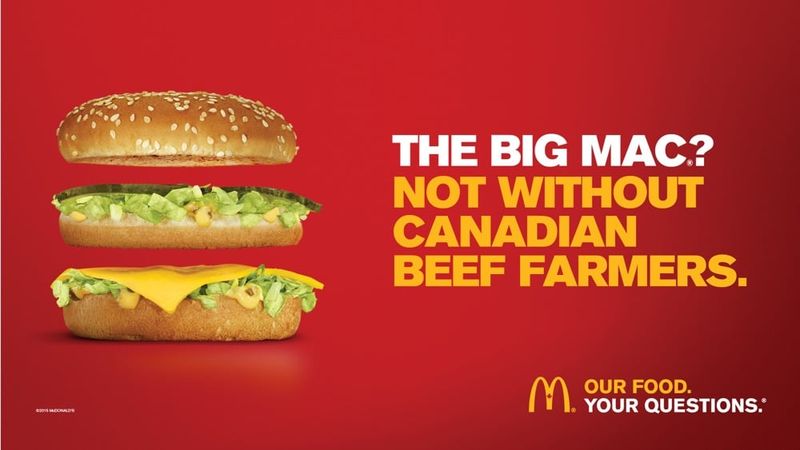
McDonald’s marketing campaigns are tailored to resonate with local audiences. In Canada, advertisements often emphasize community and family values, aligning with the country’s cultural identity. These campaigns highlight McDonald’s role as a neighborhood fixture.
In contrast, American campaigns often focus on innovation and individuality, appealing to a diverse demographic. The strategic adaptation to regional sensibilities ensures McDonald’s remains relevant and relatable across both markets. This localized approach in advertising helps maintain consumer engagement and brand loyalty.
Nutritional Transparency

In Canada, McDonald’s is known for its commitment to nutritional transparency. Menus prominently display calorie counts and nutritional information, helping customers make informed choices. This aligns with Canada’s public health initiatives and consumer expectations for honesty.
In the USA, while nutritional information is available, it is often less prominently displayed. This difference highlights varying regulatory standards and consumer priorities. Whether you’re counting calories in Canada or enjoying indulgence in the USA, McDonald’s adapts its approach to meet local demand for transparency.
Sustainability Initiatives
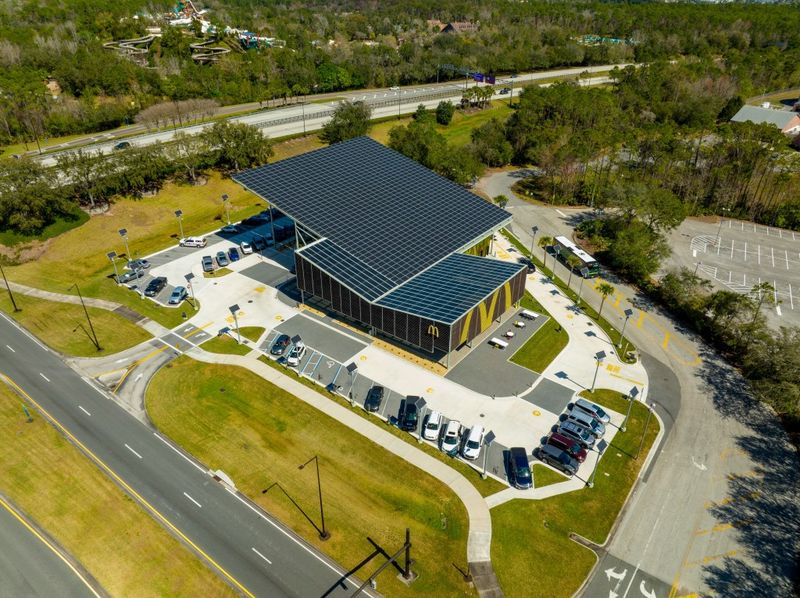
Sustainability is a growing concern for McDonald’s globally. In Canada, the company has implemented robust recycling and sustainability initiatives, such as compostable packaging and energy-efficient practices. These efforts align with Canadian values of environmental responsibility.
Meanwhile, in the USA, sustainability practices are more varied. While some locations emphasize green initiatives, others lag behind. This contrast reflects the differing environmental priorities and regulatory landscapes in each country. McDonald’s strives to balance economic goals with ecological responsibility across its operations.
Pricing Strategies
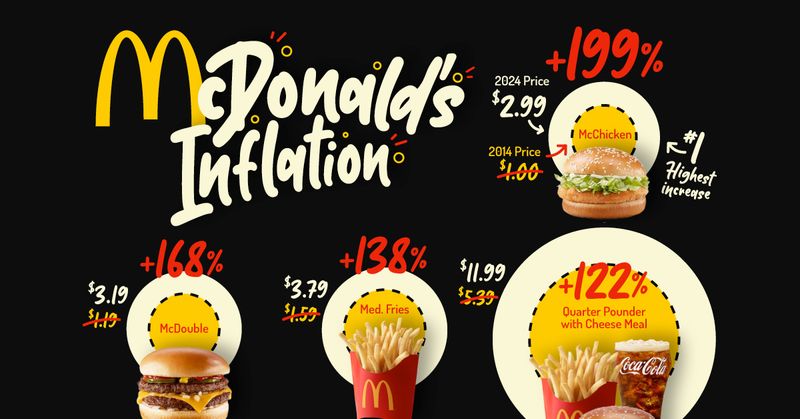
Pricing at McDonald’s varies significantly between Canada and the USA. Canadian outlets often face higher operating costs, which are passed on to consumers. This results in slightly higher prices for the same items compared to American locations.
In the USA, competitive pricing strategies are employed, with frequent promotions and discounts to attract budget-conscious diners. These approaches reflect the economic conditions and consumer expectations within each market. Whether you’re dining in Canada or the USA, McDonald’s pricing strategies are designed to meet local economic realities.
Labor Practices

Labor practices at McDonald’s reveal key differences between Canada and the USA. In Canada, stronger labor laws ensure fair wages and better working conditions for employees. This contributes to higher staff satisfaction and retention rates.
By contrast, American McDonald’s locations often face criticism over labor practices, with ongoing debates about minimum wage and employee benefits. These differences underscore the impact of national labor policies on the fast-food industry. McDonald’s must navigate these regulatory environments to maintain its workforce effectively.
Health Trends Impact
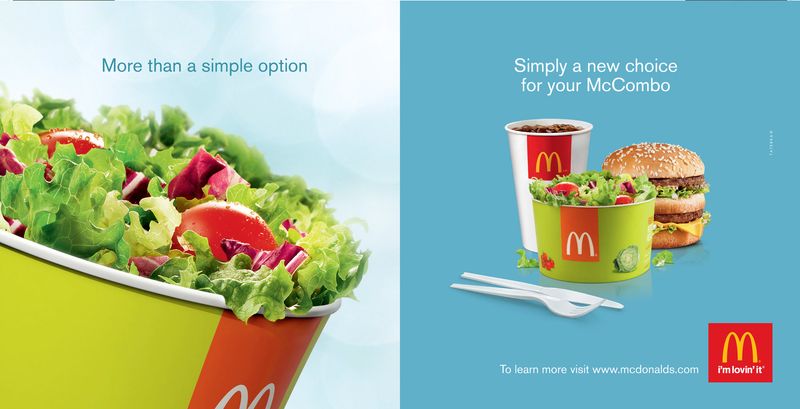
Health trends significantly influence McDonald’s menus in Canada and the USA. In Canada, there’s a greater emphasis on offering healthier options, such as salads and grilled chicken sandwiches. This aligns with national health initiatives and consumer demand for wholesome choices.
Conversely, in the USA, while healthy options exist, the focus often remains on traditional fast-food favorites. These variations highlight the differing health priorities and market demands in each country. McDonald’s continually adapts its menu to respond to these evolving consumer preferences.
Cultural Iconography
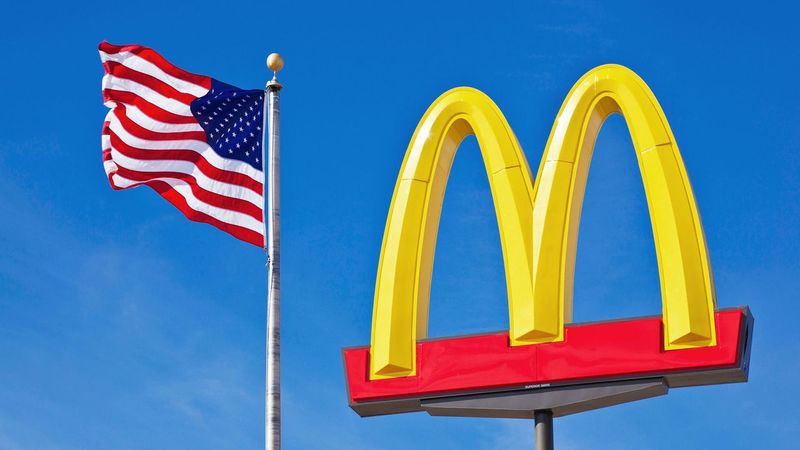
McDonald’s restaurants often reflect local cultural symbols and décor. In Canada, outlets might feature regional art or references to local culture, creating a welcoming atmosphere. This enhances the dining experience by connecting with Canadian identity.
In the USA, McDonald’s locations often emphasize national themes or pop culture references, celebrating diversity and innovation. These design choices highlight the brand’s adaptability and its commitment to cultural relevance. Whether in Canada or the USA, McDonald’s decor reflects its integration into local culture.
Technology Adoption

Technology adoption at McDonald’s varies between Canada and the USA. Canadian branches have been quick to embrace self-service kiosks, streamlining the ordering process and enhancing customer convenience. This reflects a tech-forward strategy in response to consumer demand for efficiency.
In the USA, while technology is also utilized, emphasis is placed on mobile app integration and digital menu boards. These differences highlight McDonald’s efforts to meet varying technological expectations. Whether in Canada or the USA, the brand continually innovates to improve the customer experience.
Customer Loyalty Programs

Customer loyalty programs at McDonald’s differ between Canada and the USA. In Canada, the “My McD’s” app offers rewards and exclusive offers, fostering customer engagement and retention. This program is tailored to the tech-savvy Canadian market.
In the USA, loyalty initiatives such as the “McDonald’s Rewards” program also encourage repeat visits but with different structures and benefits. These programs reflect McDonald’s strategic adaptations to regional consumer preferences. Whether in Canada or the USA, loyalty programs are designed to build lasting relationships with customers.
Regional Supply Chain

McDonald’s regional supply chains reveal interesting differences between Canada and the USA. In Canada, sourcing often focuses on local suppliers to ensure freshness and support local economies. This approach aligns with Canadian values of sustainability and community support.
In the USA, the supply chain is broader, reflecting the country’s vast geography and diverse agricultural resources. These differences demonstrate McDonald’s commitment to meeting local sourcing expectations while maintaining global standards. Whether in Canada or the USA, McDonald’s supply chain strategies are tailored to regional needs.
Unique Regional Offerings

Some McDonald’s menu items are exclusive to Canada or the USA. In Canada, the McLobster sandwich occasionally graces the menu, offering a taste of Atlantic seafood. This regional offering highlights the brand’s adaptability to local tastes.
In the USA, unique items like the McRib appear seasonally, drawing in fans with its cult following. These exclusive offerings cater to regional preferences and create excitement among customers. By introducing unique menu items, McDonald’s enhances its appeal and fosters local engagement.
Charitable Initiatives

McDonald’s charitable efforts reflect its commitment to giving back to communities. In Canada, initiatives often focus on children’s health and education, supporting causes like Ronald McDonald House Charities.
In the USA, McDonald’s also engages in community support, with programs aimed at education and hunger relief. These initiatives demonstrate the brand’s dedication to social responsibility. Whether in Canada or the USA, McDonald’s charitable activities are tailored to address local community needs and priorities.
Leave a comment